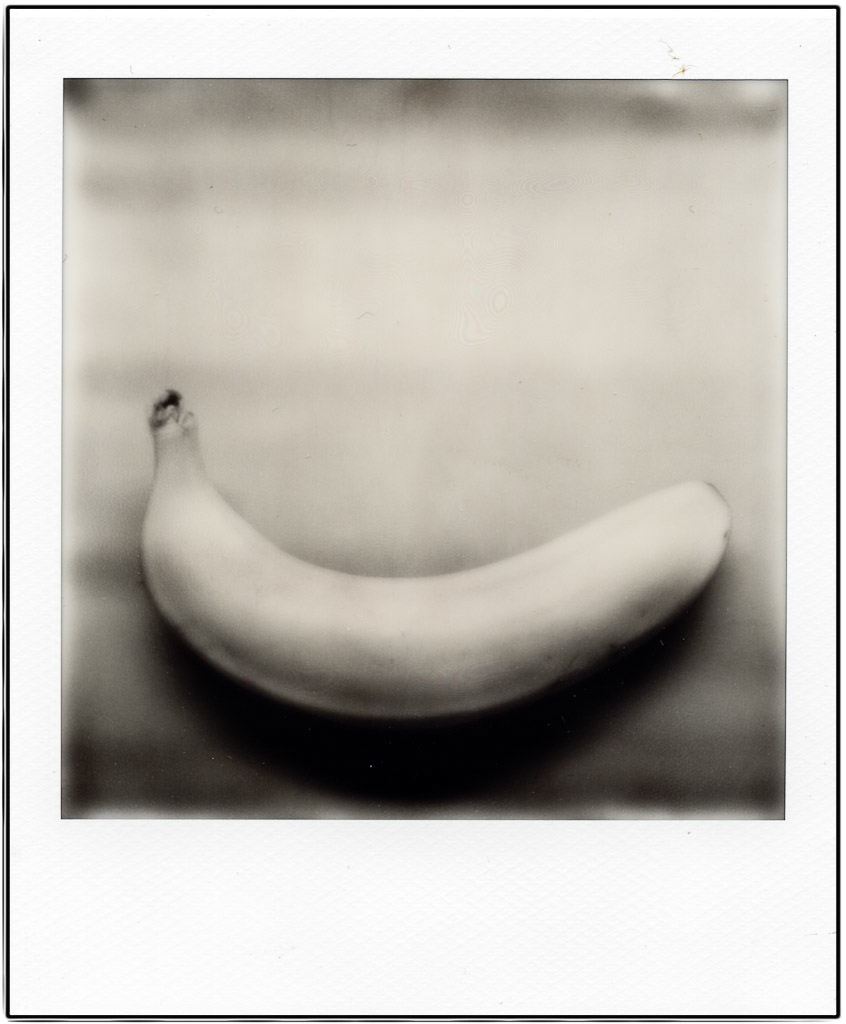furcafe
Veteran
I think I get your point, but it seems you're exaggerating the # of these controls you have to use to take a normal photo w/the F. Also, any similar level Nikon dSLR will have almost all of them (sadly no changing of prisms anymore) *plus* the buttons & menus relating to autoexposure & autofocus (which are not related to digital) & the digital-related menu items (file quality, etc.), which greatly outnumber all the controls connected w/film loading & unloading. So I would agree w/you that the difference is not about film v. digital, but rather modern electronics v. older mechanical systems. Electronics allowed camera makers to squeeze in a lot more features, but at the cost of greater complexity in the controls & reliance on menus. Also, in my experience there is greater diversity between operating systems on modern cameras than there was between the old classics (even including weird systems like the Prominent, Contarex, & Ektra).
Yes you can set most modern cameras to work like older, less-automated cameras, but it's not necessarily a simple process. It took me several hours, really an entire night, of reading the manual & setting the menus on my 1st dSLR, a D700, to get it to function like an F3 w/autofocus. Of course, had I been keeping up w/pro Nikon bodies over the last 15 years, the transition would have gone more smoothly. My X-Pro1 was less complicated, but still took an hour or so total to understand the qurks & get it to work like a G2 (also the manual is written even more poorly than the D700). The M8 & M9 were comparatively easy to figure out, but their electronic feature set is as primitive as the cameras themselves. Bottom line for me is the more the camera does, the more complicated the controls & the bigger the manual.
Yes you can set most modern cameras to work like older, less-automated cameras, but it's not necessarily a simple process. It took me several hours, really an entire night, of reading the manual & setting the menus on my 1st dSLR, a D700, to get it to function like an F3 w/autofocus. Of course, had I been keeping up w/pro Nikon bodies over the last 15 years, the transition would have gone more smoothly. My X-Pro1 was less complicated, but still took an hour or so total to understand the qurks & get it to work like a G2 (also the manual is written even more poorly than the D700). The M8 & M9 were comparatively easy to figure out, but their electronic feature set is as primitive as the cameras themselves. Bottom line for me is the more the camera does, the more complicated the controls & the bigger the manual.
Don't know what you're trying to say. Only three controls? On what camera? Even on my plain prism Nikon F I have:
Back release
Take up spool
Film advance lever
Lens mount catch/release
Shutter time selector
Flash synchronization selector
Self timer
Self timer release
Focusing ring
Aperture selector
Depth of field scale
Focus indicator
Focus scale
Prism release catch
Focusing screen
Film rewind clutch release
Film length reminder
Rewind knob
Folding rewind crank
Depth of field preview button
Mirror lock up latch control
To use the full capabilities of a Nikon F, you have to understand and use about 3/4 of those controls virtually every time you pick it up to make some photographs. And that is a relatively simple film camera ..there's only a couple of things there that are not also on my Rolei 35S. Or Leica M.
Film cameras seem simpler because every photographer who worked with film seriously learned all these controls and operated most of them without thinking about them much. The controls on digital cameras are similar in most ways, different in others. There's the added complexity of a complete image processing lab in every digital camera ... But for the most part you can ignore it, much the same way you normally ignore the flash sync setting and mirror lock up control on the old F once they're set for use.
On a digital camera you have to remember to turn it on, and maintain the battery every few hundred frames, and change the storage card when it's full.
On the old F, you have to rewind and reload film every 36 frames, set exposure when needed, wind on to the next frame as needed, etc.
Each camera takes up as much of your consciousness and attention to use as you allow it to. 🙂



